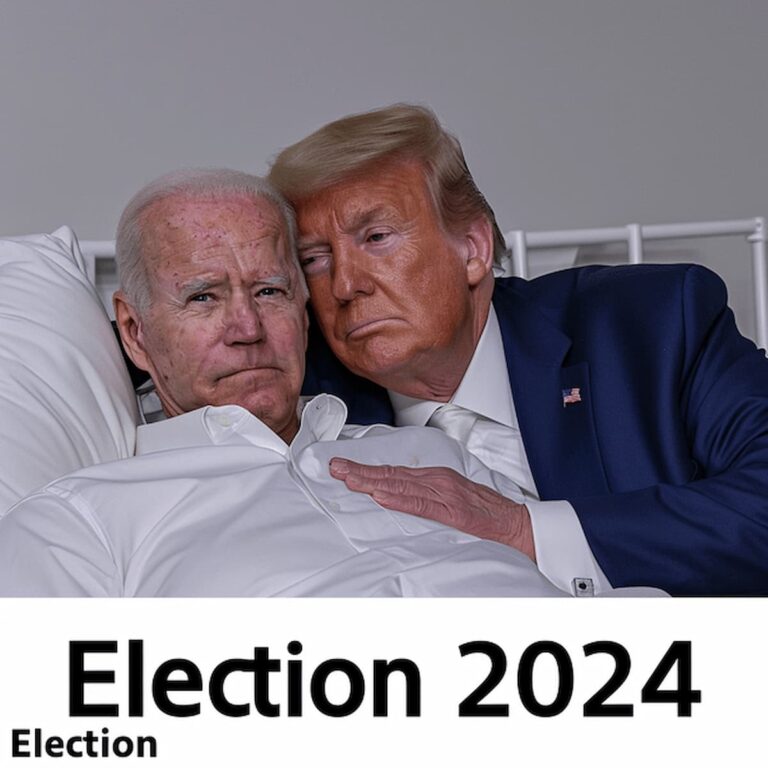
Key Takeaway:
Explore how abortion restrictions affect healthcare access, individual rights, and public health outcomes in the United States.
Introduction: Understanding Abortion Restrictions
Abortion restrictions encompass legislative measures that limit or regulate access to abortion services, impacting reproductive healthcare access across the country.
Effects of Abortion Restrictions
- Healthcare Access:
- Barriers to Services: Abortion restrictions, such as waiting periods and mandatory counseling, create logistical and financial barriers that impede timely access to reproductive healthcare.
- Impact on Clinics: Closure of clinics due to regulatory compliance or funding cuts reduces local access to abortion providers, particularly in rural or underserved areas.
- Individual Rights:
- Legal Challenges: Restrictive laws challenge Roe v. Wade protections, leading to legal battles over reproductive rights and autonomy.
- Privacy and Consent: Mandatory ultrasound laws and parental consent requirements can infringe on individual privacy and decision-making autonomy.
Societal and Public Health Implications
- Public Health Impact:
- Safety Concerns: Restrictions may lead to unsafe abortions when individuals seek alternative, potentially hazardous methods due to lack of access to legal healthcare options.
- Health Disparities: Low-income individuals and communities of color face disproportionate impacts from abortion restrictions, exacerbating existing healthcare disparities.
- Economic and Social Factors:
- Financial Burden: Travel costs and time off work for abortion procedures in states with restrictive laws impose financial hardships, particularly for marginalized populations.
- Stigma and Discrimination: Public discourse surrounding abortion can perpetuate stigma, affecting mental health and well-being of individuals seeking care.
Legal and Political Landscape
- Legislative Trends:
- State-Level Policies: Varied state laws on abortion create a patchwork of access across the U.S., influencing regional healthcare disparities.
- Supreme Court Impact: Changes in Supreme Court composition and decisions can significantly alter the legal landscape and enforcement of abortion restrictions nationwide.
- Advocacy and Resistance:
- Activism and Advocacy: Organizations and grassroots movements advocate for reproductive justice, challenging restrictive laws and promoting inclusive healthcare policies.
- Public Opinion Shifts: Changing attitudes towards abortion rights shape political debates and influence electoral outcomes at local and national levels.
Conclusion: Addressing Healthcare Access and Rights
Understanding the impact of abortion restrictions on healthcare access underscores the importance of informed policy decisions and advocacy efforts to safeguard reproductive rights and public health.
For further insights into abortion rights and healthcare access, consult reputable sources such as the Guttmacher Institute and Planned Parenthood.
Explore how abortion restrictions affect healthcare access, individual rights, and public health outcomes, highlighting barriers, legal challenges, and societal implications in the United States.















